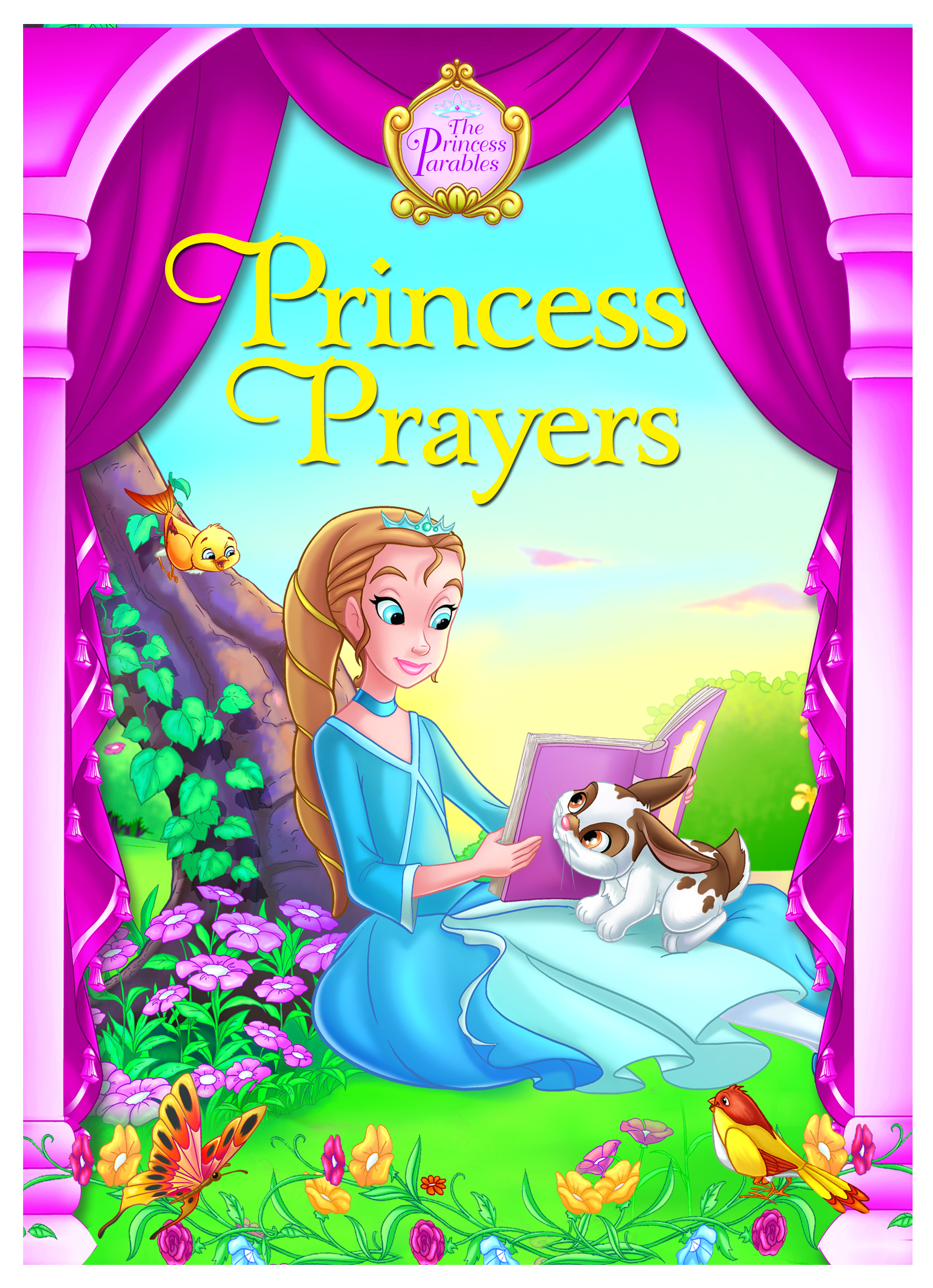Growing up, I was always told Easter traditions began in the depth of pagan rituals. So when I became a Christian, I shied away from certain holiday festivities. Now as a mom, I have begun to come back to many of these “fun” traditions to take a close look for myself. I have been pleasantly surprised at the history of many traditions.
With Easter quickly approaching, Jackie and I are taking a couple of traditions and exploring their roots and meanings. We are so excited about Easter ourselves with the release of our new book, A Royal Easter Story. The book has Easter eggs throughout the story and we did it on purpose!
I have a new appreciation for all things commercially Easter. You see, if our nation didn’t have these traditions to experience, they would not celebrate Easter. They just would not do it! Similar to Santa Claus, the Easter bunny and all the trimmings allow us to invite friends to Easter service and talk about Easter freely in our community during this time of year. Saying, “He is Risen!” to the grocery clerk is not as crazy as it would be any other time of year. For that reason, I think God looks down upon many of these traditions (although not in the Bible) and smiles!
Eggs were the symbol of new life before Christ’s crucifixion. Eggs are God’s creation and they do carry new life, regardless of who claims the symbol. When Christians began celebrating Lent in the year 330, they fasted for 40 days prior to Easter. They abstained from all meat . . . including eggs. Once the 40 day fast was over, they had an abundance of eggs to consume. Breaking the fast on Easter morning, lent itself to eating eggs, which quickly became tradition. In Jewish Seder Passovers, a hard boiled egg is also part of the meal.
Various traditions are associated with the dying of Easter eggs. An ancient story tells of Mary Magdalene being summoned by Emperor Tiberius where she explains Christ had been resurrected. The doubtful Caesar pointed to an egg and exclaimed, "Christ has not risen, no more than that egg is red"—after which the egg in question miraculously turned blood-red. One Eastern Orthodox myth presents either Mary Magdalene or Mary, the mother of Jesus, placing a basket of eggs under the cross. The blood of Christ fell on the eggs, turning them red. According to another tale, Simon of Cyrene was an egg merchant who had to leave his basket of eggs to help Jesus carry the cross. When he returned, he found that his eggs had changed color!
Eggs can be used to teach faith to your kids this Easter. You may dye them, hide them, fill them, roll them or eat them! Your traditions are as personal as your family heritage is to you. There is a quick faith lesson you can share with your children of any age. An egg’s hard shell can represents Jesus’ sealed tomb, and cracking the shell symbolizes His Resurrection. Eggs, which often remind people of new life because some creatures are born from them, reminded early Christians that Jesus is the true source of new life spiritually.
Deepening the symbolism for your children you may choose a couple of ways to demonstrate this to your children.
Egg knocking
This two-player game is messy, but does bring the point home. Each player takes their egg and knocks it against his or her partner’s saying “Christ is Risen”. The one whose intact egg breaks open the other egg is considered the winner, and the broken egg is symbolic of Jesus’ empty tomb on Easter morning. You can do this with each family member until there is a “winner”.
Egg rolling
The tradition of rolling Easter eggs down hills began centuries ago in Europe as a way for children to celebrate how the stone that had sealed Jesus’ tomb rolled away on the day of His Resurrection. In the 1800s, one of the world’s most famous Easter egg rolls began: the one on the White House lawn (which first took place on the U.S. Capitol lawn), where children gather on the Monday after Easter to roll Easter eggs across the grass with spoons. Your family may choose to participate in a community egg roll if there’s one in your local area, or hold your own.
Easter egg trees
Decorating our dining table is the hollow eggs that hang from our egg tree. This Easter tree represent Jesus’ tomb, which became empty (hollow) on the first Easter after his Resurrection. I brought this tradition back from Germany in my college years. It recently has become more popular in the United States, but is a centuries old tradition in Europe. You and your children can create an Easter egg tree by making small holes with a knife or needle at the top and bottom of uncooked eggs to blow or drain out the yolk and white parts inside, then putting either ribbons or hooks through the top holes to attach the hollow eggs to the branches of a tree. If you’re short on time, you can substitute modern plastic Easter egg ornaments that are as easy to decorate with as Christmas tree ornaments. The tree you choose to decorate may either be a live one that’s growing outdoors, or a craft tree that is small enough to fit indoors.
No matter what you choose to do this Easter, I hope you are able to incorporate the faith lesson of Easter eggs with goal to appreciate Jesus’ resurrection better and add a bit of fun for the kids!
~Jeanna Young
When Jeanna is not writing, speaking, event planning, or homeschooling, she can be found scrapbooking her life, redecorating her home, loving on her husband, planning fun events for her kids or eating healthy to stay cancer-free!









